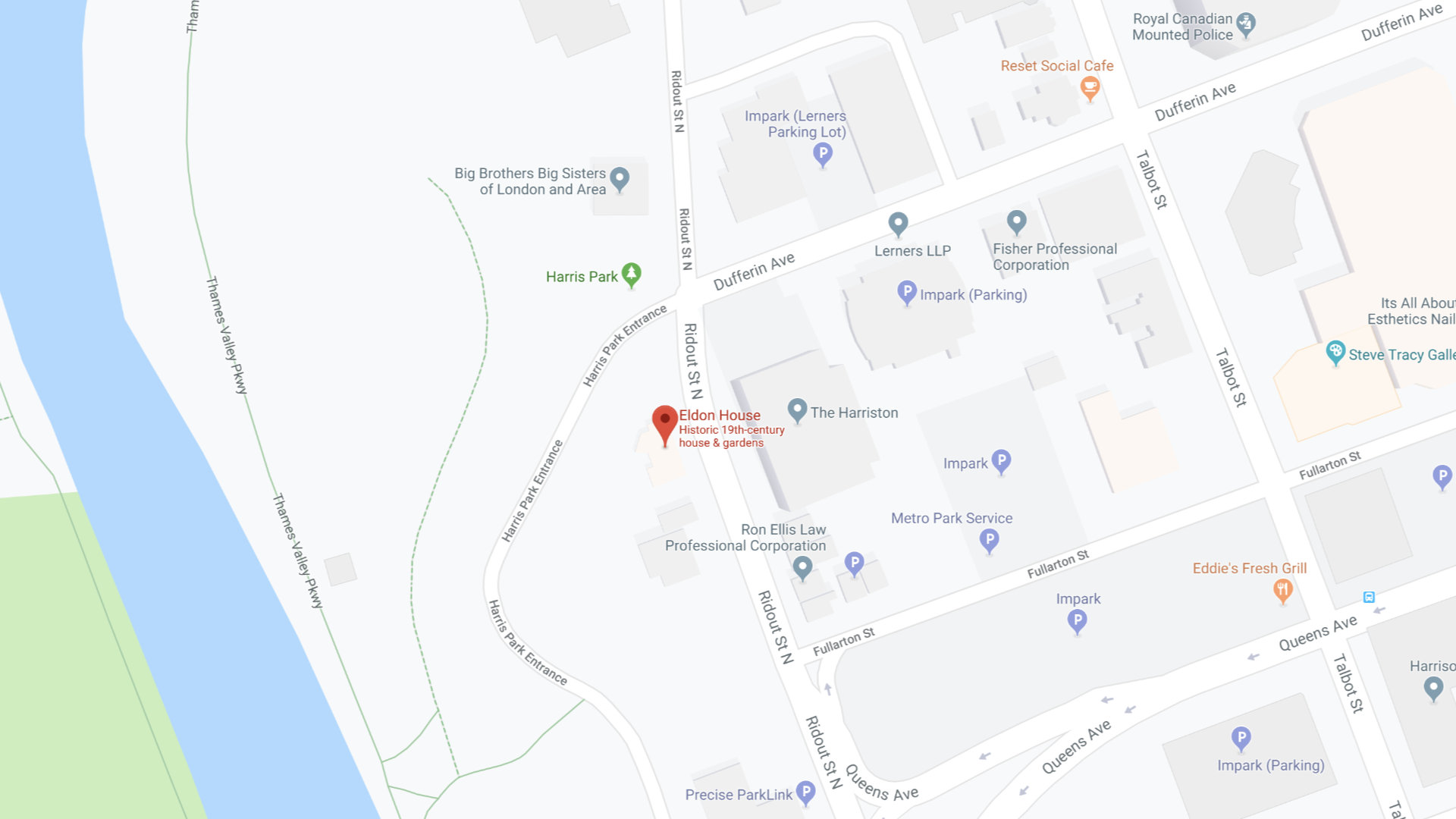Wooden Egg

Country of Origin: Possibly Romania or England
Year: ca. 1899
Materials: Wood
This item is a mystery in the Eldon House collection, as it is potentially one of two artifacts, either a pysanky, or a Victorian sewing egg.
The tradition of wooden egg carving is seen in many Eastern European cultures, as well as Scandinavian culture. Pysanky, is the name given to egg decoration in Eastern European cultures and dates back to pagan times as a celebration of life, or as a talisman for luck. Once Christianity took root in Europe, Easter Eggs come to represent the rebirth of Jesus and rebirth for mankind. Pysanky have many forms and have regional names, some are made of eggshells that have been dyed, others are dipped in wax and etched, coated in cloth, or carved from wood. The Harris Family’s travels did take them through Eastern Europe, and on their 1897 travels, they arrived in Eastern Europe shortly after Orthodox Easter, so it is possible that this piece is a pysanky.
Another possibility for this artifact is a Victorian darning egg. Darning eggs were used when sewing repairs in items like socks. It prevented the person from sewing the piece through the other side. Most Victorian darning eggs are simple, and some come with a long handle that would allow the seamstress to hold the egg in place while working. Eventually, some became quite ornate, and could be made of rubber, wood, or even silver. Later Victorian darning eggs also sometimes have a seam in the middle which unscrews and allows for storage of thimbles and thread. This artifact does have a screw in the middle, so is possible it is a darning egg.
